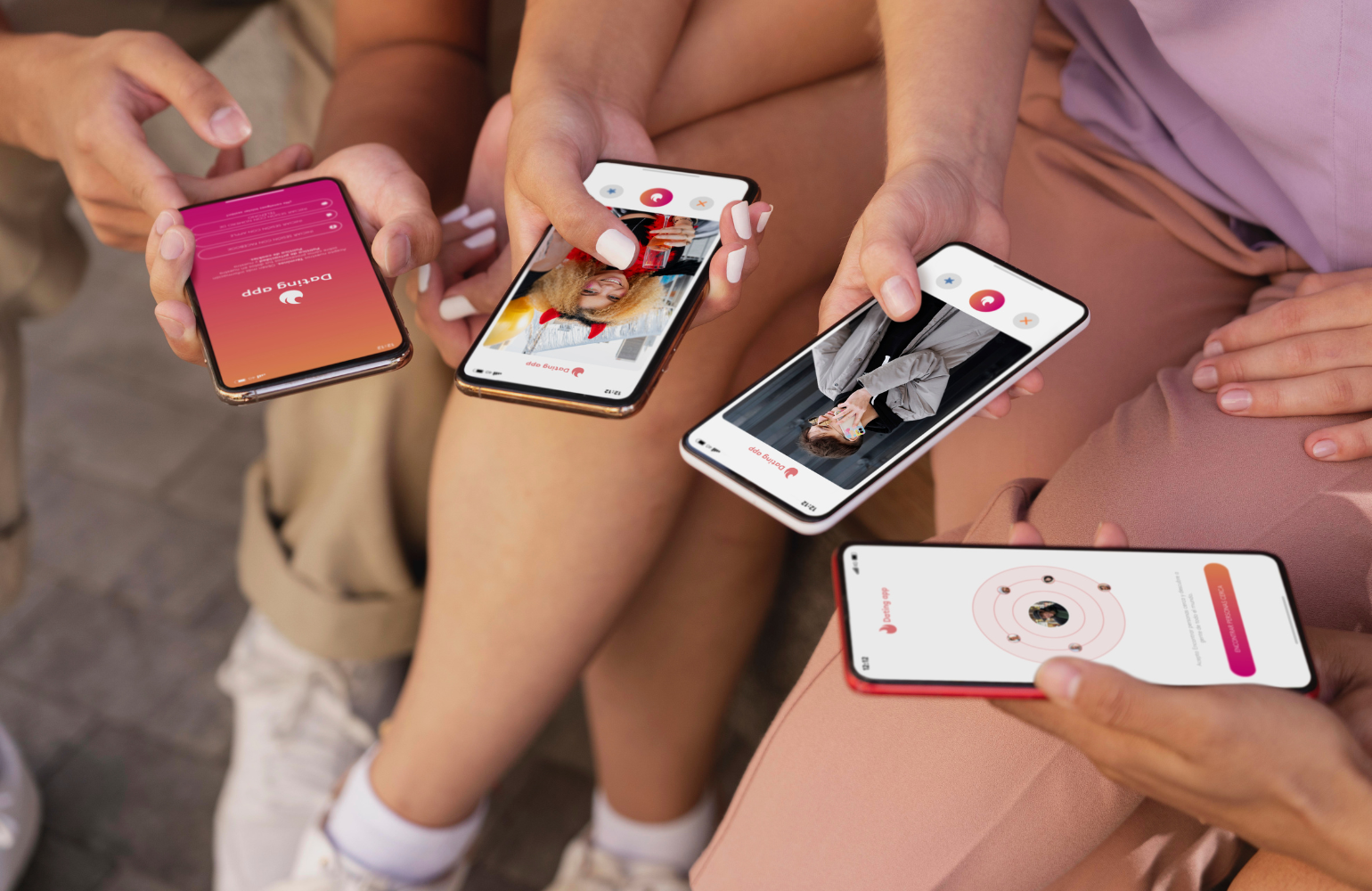elabuelofamilyrestaurant.com – In the bustling metropolis, where the pace of life is as rapid as the flashing neon lights, finding love can seem like an insurmountable challenge. The city, with its endless opportunities and distractions, can often leave singles feeling isolated amidst the crowd. However, in this digital age, the heartbeat of the city has found a new rhythm in the form of dating apps, revolutionizing how urbanites connect, interact, and find romance amidst the concrete jungle.
The Rise of Urban Dating Apps
Dating apps have become the modern matchmakers, especially in urban settings where traditional courtship often takes a backseat to career ambitions and social calendars. Platforms like Tinder, Bumble, Hinge, and OkCupid have not only normalized online dating but have also become integral to the urban dating landscape. These apps offer a convenient solution to the time constraints and social barriers that often hinder face-to-face interactions in the city.
Swiping Right on Convenience
For many city dwellers, the convenience of dating apps is unparalleled. With a few swipes or clicks, users can potentially match with hundreds of singles within a few miles radius. This accessibility is particularly appealing in densely populated urban areas, where the sheer number of singles can be overwhelming. Dating apps act as a filter, allowing users to set preferences and find matches that align with their interests, values, and relationship goals.
The Challenge of Authenticity
While dating apps have opened the floodgates to a sea of potential partners, they have also introduced new challenges. The digital facade can sometimes overshadow the authenticity of human connection. Profiles can be curated to present an idealized version of oneself, and the ease of swiping can lead to a disposable mindset, where genuine connections are hard to establish. Urban daters must navigate through the digital noise to find meaningful relationships.
Cultivating Real Connections in a Digital World
Despite the hurdles, many urban singles have successfully used dating apps to cultivate real connections. The key lies in approaching online dating with sincerity and a clear understanding of what one seeks. Engaging in thoughtful conversations, being open to diverse experiences, and not shying away from vulnerability can transform a swipe into a lasting bond.
Moreover, the city itself offers a plethora of unique dating experiences that can turn an app-initiated connection into a memorable romance. From rooftop bars and hidden speakeasies to art galleries and street fairs, urban settings provide the perfect backdrop for dates that go beyond the screen.
The Future of Urban Dating
As technology continues to evolve, so too will the landscape of urban dating. Virtual reality dating experiences, AI-powered matchmaking, and more sophisticated algorithms are on the horizon, promising to make the digital dating experience even more immersive and personalized.
Yet, at the core of it all, the fundamental desire for human connection remains unchanged. Dating apps will continue to play a pivotal role in the urban dating scene, serving as a bridge between the digital and physical worlds. They offer a glimpse into the heartbeat of the city, pulsating with the promise of love and connection amidst the chaos.
In conclusion, urban dating through apps is a reflection of the city itself: vibrant, diverse, and ever-changing. While it presents its own set of challenges, it also offers unprecedented opportunities for singles to find their match amidst the urban sprawl. As the city continues to evolve, so too will the ways in which its inhabitants find love, keeping the heartbeat of the city beating strong and steady.

